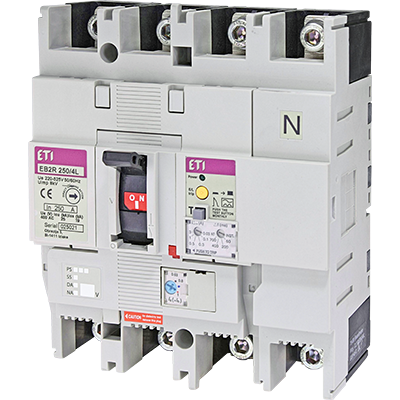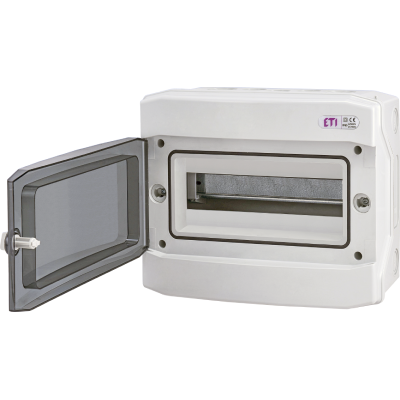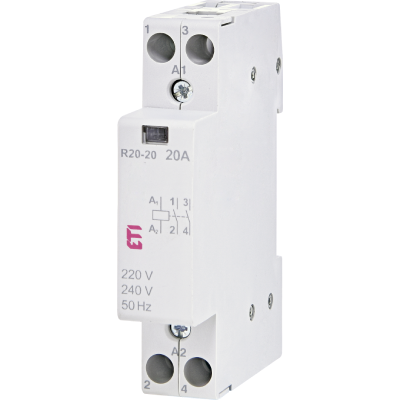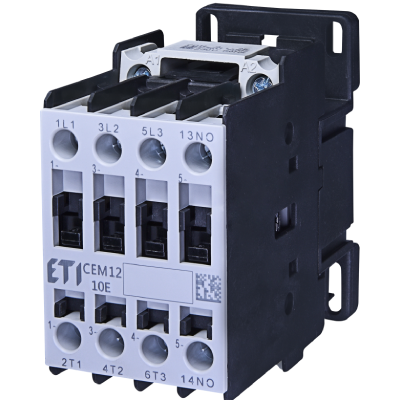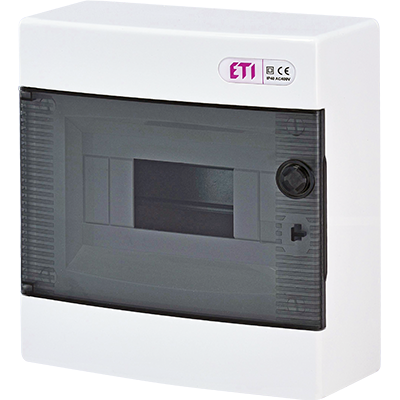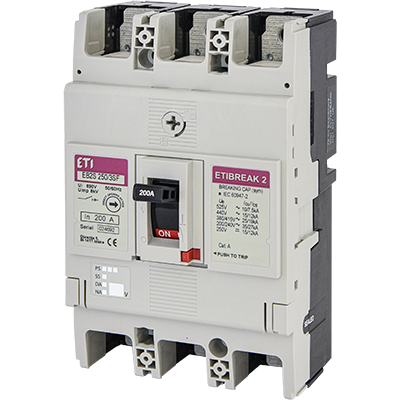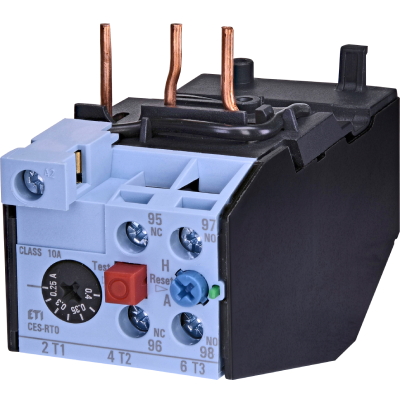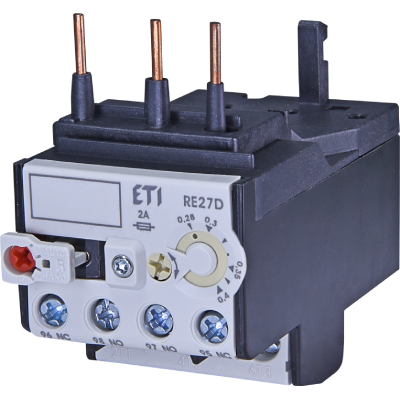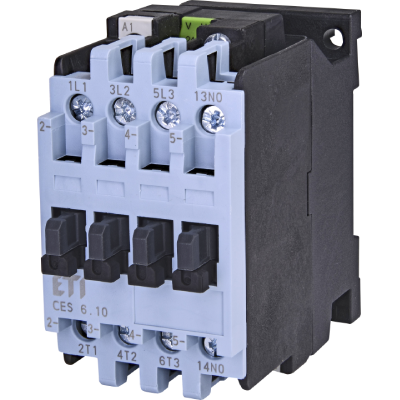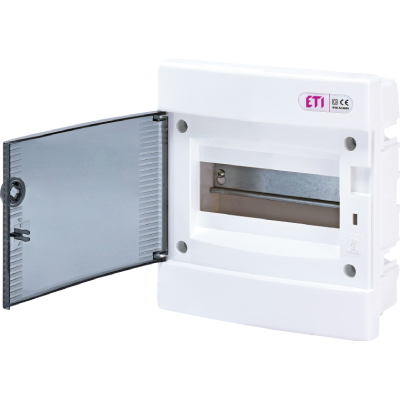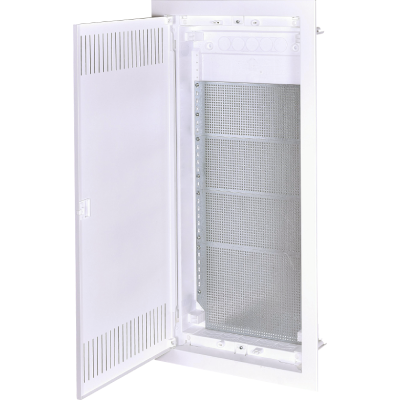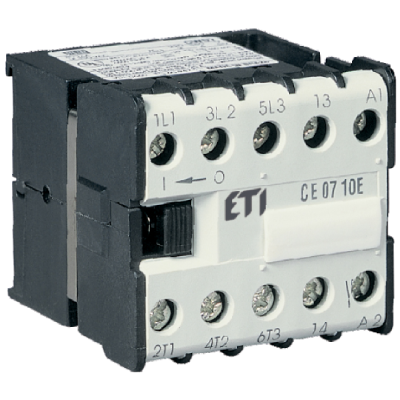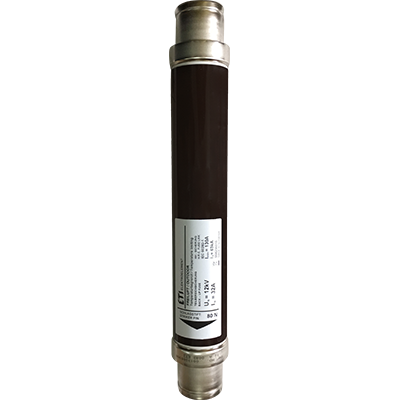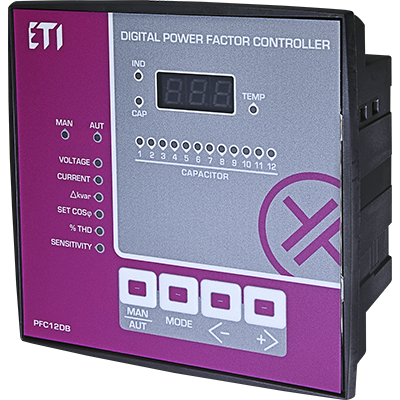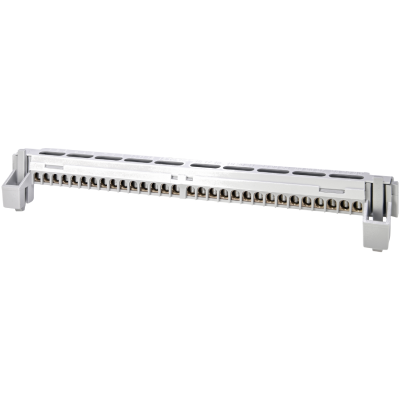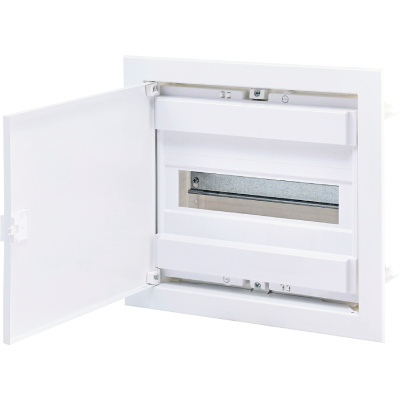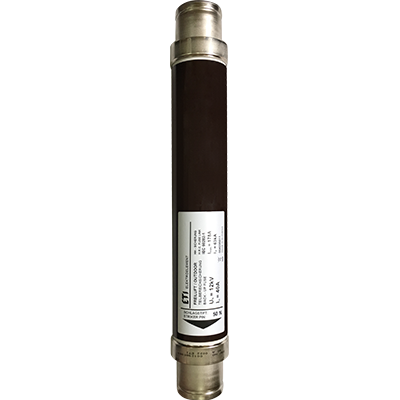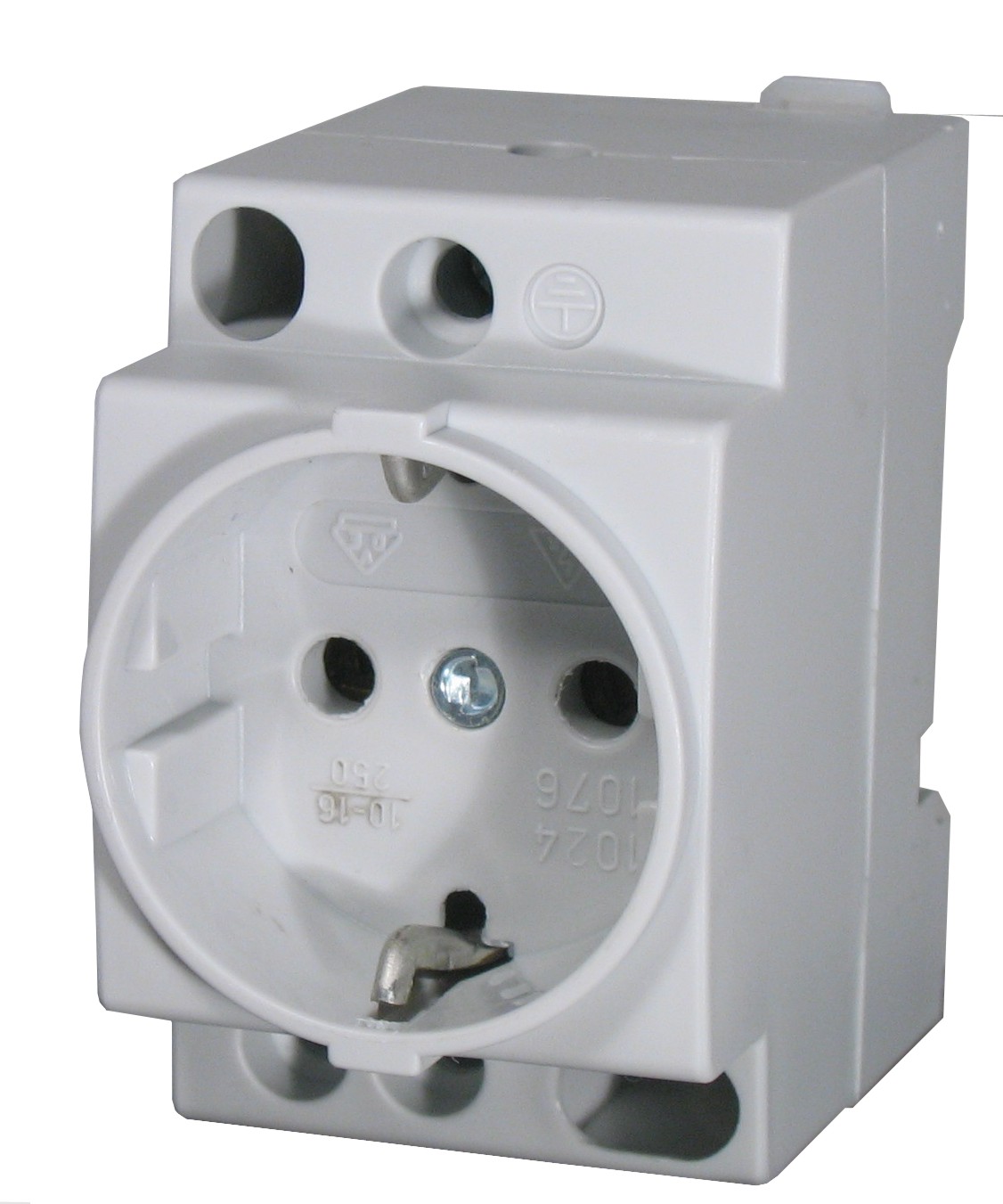Why Are gPV Fuses the Safer Choice for Solar Power
When it comes to solar energy systems, selecting the right components is not just a matter of efficiency—it’s a critical safety decision. Among the most essential components are electrical fuses, which protect systems from overcurrents and faults. Specifically, the debate between gPV fuses, designed for photovoltaic (PV) systems, and gG fuses, used in general electrical applications, often arises. While gPV fuses are more expensive, their design specifically addresses the unique challenges of solar energy systems, making them the safer choice.
The Importance of Standards in Solar Power
Electrical components in solar systems must adhere to strict standards to ensure reliability and safety. With voltage requirements projected to rise from 1,500V to 10,000V DC in the coming years, using appropriate components like gPV fuses is more important than ever. A video example shows the dangers of using the wrong fuse, illustrating the risks of cost-cutting in critical safety areas.
gPV vs. gG Fuses
Not all fuses are created equal. Different types of fuses are designed for specific applications and electrical conditions. The gPV fuses are designed for DC Voltage and should be used in Photovoltaic systems. They can handle the unique electrical characteristics of photovoltaic systems, which operate under different conditions compared to traditional electrical systems.
These fuses are built to prevent arc formation, which can occur when a circuit is broken. This is particularly important in solar applications, where high voltages and currents can lead to dangerous conditions and fires.
In the next example let's take a look what value fuse you should use if you have a string of 18 solar panels. We usually start off by looking at the specifications of the solar panels. In this case we're looking at the 270 model from BISOL and we're interested in the Open Circuit Voltage (OCV), MPP Current (MPPC) and the Short Circuit Current (SCC).
To calculate the final fuse size the OCV usually needs to use a factor of 1.2, if the OCV voltage is higher at lower ambient temperatures (39.4V at 25°C), which it is in this case (36.0V at 44°C). But depending on the installation, colder or hotter atmospheric conditions and the panels used, then this factor could be different, so you should consult with your panel manufacturer.
The equation for the lowest rated gPV voltage fuse in an 18 solar panel string would look like this:
Un ≥ 1,2 * VOC_STC which using previous abbreviations is OCV ≥ 1.2 * 39.4V * 18 ≥ 851.04 V
But what about the current? We also have an equation for gPV fuses and it looks like this if we follow the IEC 60 364-7-712 guidelines:
1,5 * ISC_MOD < In ≤ 2,4 * ISC_MOD which in this case is 1,5 * 9,25 < In ≤ 2,4 * 9,25
13,875A < In ≤ 22,2 A
In this case the fuse must be within 14A and 22A and it should take at least 852V DC. The fuse that fits the calculated specifications is the CH10 gPV 16A, 1.000V d.c. But remember, the calculations must be done for each specific use case, so contact the panel manufacturer to get the necessary details.
This was a practical use case of the IEC TR 60269-5 standard, which gives you the necessary specifications that the fuse must meet in a DC system, for a safe installation.
The gG fuses are Designed for AC Voltage and should be used in systems, which are standard in household and commercial electrical installations. But they are not suitable for the DC environment like a Photovoltaic system. Using gG fuses in a photovoltaic system can lead to significant risks, including the potential for overheating and fire, as it was shown in the video above. Since these fuses are not designed to handle the constant voltage from solar panels, they may fail to break the circuit effectively when needed.
The Cost-Benefit Analysiss
At a first glance, the price difference between the gPV and the gG fuses might be tempting and have you consider buying gG fuses. However, saving money on fuses can lead to much higher costs in the long run, particularly concerning safety and damage prevention. The consequences of using the wrong fuse could include:
- Increased Risk of Fire: A malfunctioning fuse can fail to protect the system, leading to overheating and potentially igniting nearby materials.
- Equipment Damage: An inappropriate fuse can allow excessive current to flow through the system, damaging solar panels and other connected equipment.
- Legal and Insurance Issues: In the event of a fire caused by improper equipment, homeowners and businesses could face legal consequences or difficulties with insurance claims.
Conclusion
While the initial cost of gPV fuses may seem high, investing in these specialized fuses is a critical step in ensuring the safety and efficiency of photovoltaic systems. Using gPV fuses designed for DC voltage not only enhances the overall safety of solar installations but also protects your investment in renewable energy. The long-term benefits far outweigh the upfront costs, making gPV fuses the smart and responsible choice for anyone harnessing the power of the sun.



